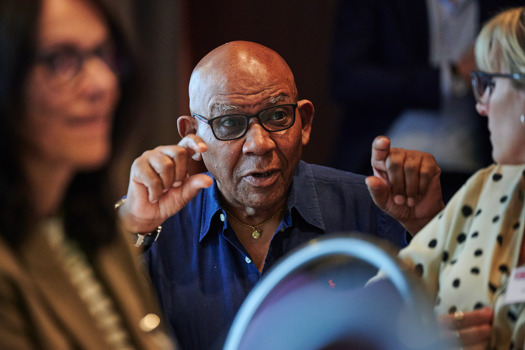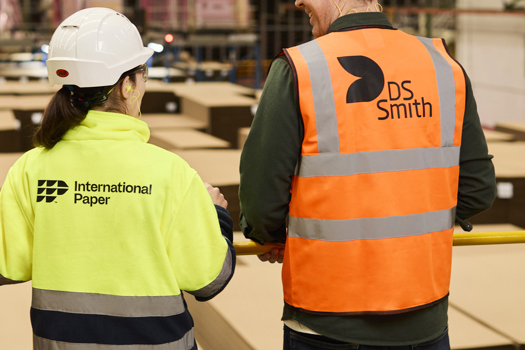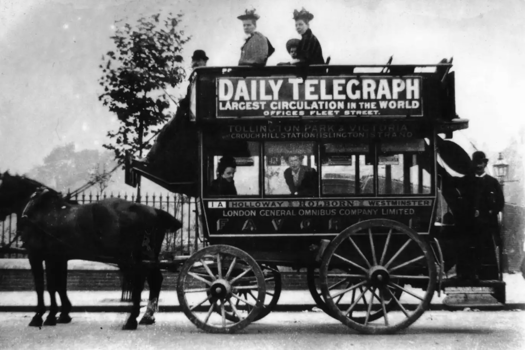While UV has shaken off the health-scare concerns that haunted it long time ago (photo-initiators can cause cancer; the ITX chemical contamination scare that caused Nestlé to withdraw its baby milk product in 2005; any radiation is bound to be bad, etc) and is certainly now treated as the norm among label and flexible packaging printers, larger capacity press operators remain wary.
Low take-up
Sure, UV has been available to web customers for some time, but, unless required for a specific application, the take-up has been infrequent. However, GEW managing director Malcolm Rae believes that as the prevailing economic climate is shifting the focus towards greater utilisation of existing resources, this formerly disregarded option could soon become a necessity.
“There are plenty of older web presses out there that in accountancy terms might be felt to be worthless, but which through a relatively modest UV upgrade can take on a whole new lease of life; producing work that otherwise would have had to outsourced, or else printed in some other way; achieving greater utility value; and giving greater overall control in-house.
“Fundamentally, the issue with UV, as far as many printers in the wider web sector are concerned, is not to do with safety, but rather with the economics of running an ink that is more expensive than a water- or solvent-based alternative, and the thought of having to invest hundreds of thousands of pounds in a drying system. That’s a misconception. What we’re bringing to this market is a far more cost-effective and affordable proposition than has been available. Balancing technology and value has given us a leading position in the narrow-web sector.”
GEW’s calling-card in the world of wider web is the recently launched IsoCure system: incorporating many of the elements that have proved to be successful for narrow-web, but which have effectively been magnified to facilitate a bigger product. It’s also water-cooled, so is minus the exhaust fans and ducting usually required to cool the lamps on conventional UV systems. Retrofitted to existing cold-set presses, it will enable the use of UV inks and the ability to produce high-quality work on both coated and uncoated paper.
As a bonus, IsoCure uses an e-Brick power source that cuts energy consumption by around 30%, a further incentive to replace an existing UV system running on transformer power.
Positive interest
Although there are no UK installations to date, Rae claims that there has been positive interest. In the meantime, he confirms that a 12-lamp IsoCure system has already been retrofitted to a Finnish printer’s Harris twin-web press running at 30,000 impressions per hour and with the capacity to run at a linear speed of 275m per minute, as well as to a number of Manugraph web offset presses in India.
Two-minute takeaway on UV curing for cold-set
- UV curing dries the ink by irradiation. On a cold-set press, it will achieve the process as much as four times faster than for conventional water- or solvent-based inks, dependent upon colour (for example, black and white will actually take longer). A typical curing speed would be 450m per minute. The general maxim is: more UV = less heat = better cure
- Although no two installations are likely to be the same, to retrofit a two-lamp IsoCure system servicing a vertical stack four-over-four web configuration would cost around £50,000
- While electron beam technology can provide a viable alternative drying solution, the cost of installation will be as much as 10 times higher
- UV inks are three times more expensive than solvent- or water-based inks, but there are considerable savings to be made through accelerated drying time, elimination of gas use needed for cold-set, and, of course, greater press use










